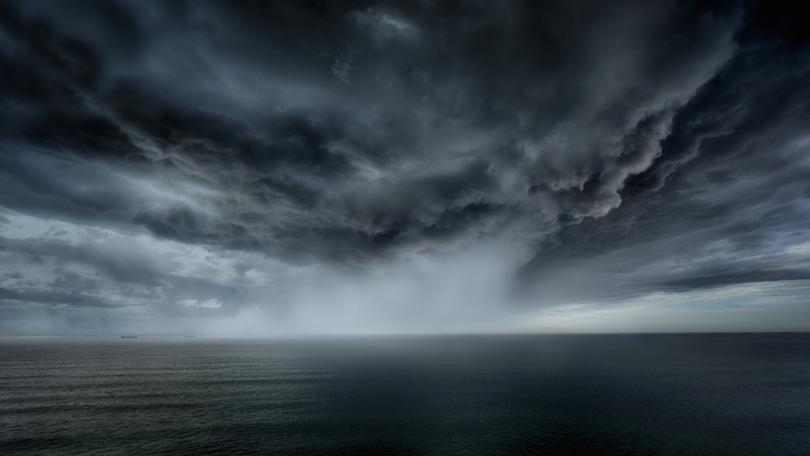What is a Black Nor’easter and why should people in NSW be concerned?

Sydney residents are staring down what is ominously called a “Black Nor’easter”, a weather event seen only a few times a year that brings wild and dangerous conditions.
The city and 450km of surrounding coastline are set to be pounded by torrential rain, with up to 200mm expected to be dumped on Sydney and 300mm on the Illawarra Escarpment overlooking Wollongong.
The “mass deluge” has triggered a warning from authorities for locals to stay indoors and avoid non-essential travel.
Sign up to The Nightly's newsletters.
Get the first look at the digital newspaper, curated daily stories and breaking headlines delivered to your inbox.
By continuing you agree to our Terms and Privacy Policy.The wild conditions are the result of a cut-off low and coastal trough interacting at the same time and are “often a recipe for heavy rainfall and flooding along the east coast. The cold upper air cools down the warmer, saturated air, forcing large amounts of moisture to fall as rain”, according to Weatherzone.
It’s a weather event that has the meteorological name of a Black Nor’easter, Weatherzone says, which gets its name “from the darkness of the moisture-rich clouds coming in from the northeast, that can turn the middle of the day as dark as twilight, first dubbed in the early 1800s”.
The ongoing intense downpours could lead to “dangerous and life-threatening flash flooding” NSW’s State Emergency Service has warned.
In an update on Friday morning, NSW State Emergency Chief Superintendent Dallas Burnes told ABC News Breakfast crews had responded to 552 incidents across the state in the past 24 hours, 165 of those in Sydney alone.
He said the service was “very concerned” with the rainfall so far and forecast.
“We’re expecting to see flash flooding and riverine rises, and we’re keeping a very close eye on where those falls are landing to make sure that we’ve got teams ready to respond as needed,” Mr Burns said.
Seven rescues were conducted across the State overnight, six related to people in vehicles despite Transport for NSW issuing motorists to take care and avoid non-essential travel amid the severe weather.

